
Patients with pulmonary arterial hypertension (PAH) taking spironolactone saw a reduced risk of morbidity and mortality when receiving macitentan 10 mg.
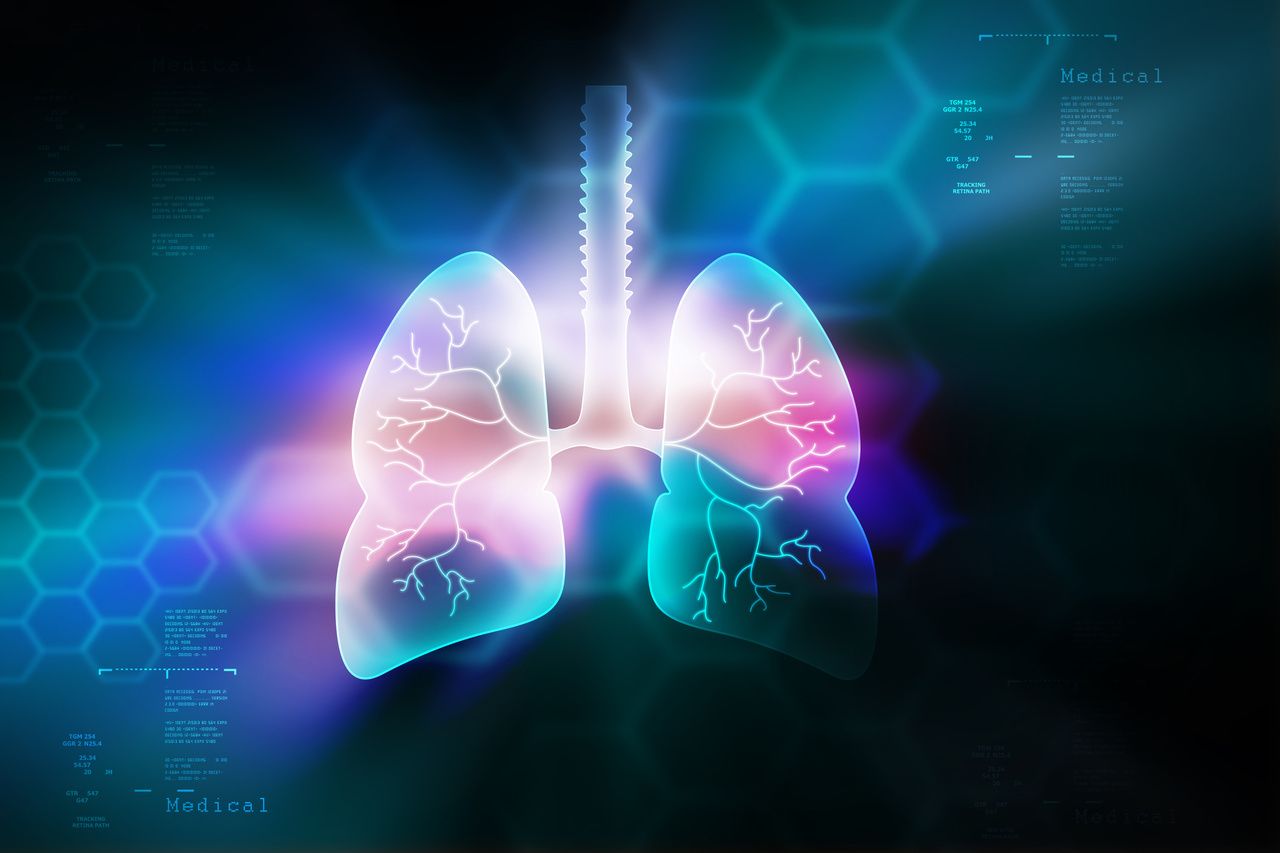

Patients with pulmonary arterial hypertension (PAH) taking spironolactone saw a reduced risk of morbidity and mortality when receiving macitentan 10 mg.

A case study highlights the important role of nailfold videocapillaroscopy assessments in patients with Raynaud disease and pulmonary arterial hypertension (PAH).

Local anesthesia yields superior outcomes in pregnant women with pulmonary arterial hypertension (PAH) undergoing cesarean deliveries compared with general anesthesia.
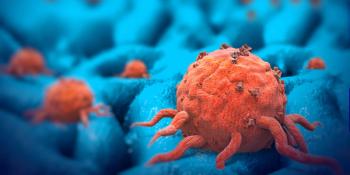
A case series underscores the importance of pulmonary arterial hypertension (PAH) screening in pediatric patients undergoing chemotherapy and stem cell transplantation.
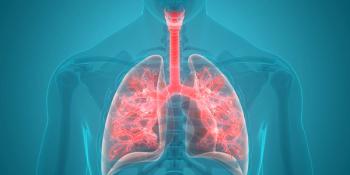
Endostatin could help measure pulmonary arterial hypertension (PAH) severity.
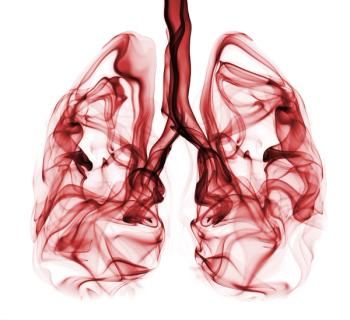
A patient with pulmonary arterial hypertension (PAH) who received a modified Potts shunt exhibited improved quality of life and exercise capacity after 1 year.

Researchers tested the feasibility of remote monitoring for patients with pulmonary arterial hypertension via smartphones and smartwatches.
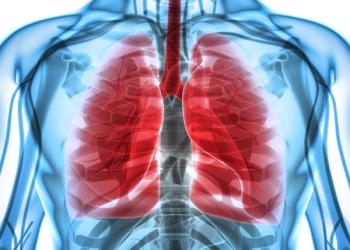
New data on treatment for newly diagnosed pulmonary arterial hypertension (PAH) show initial treatment for the progressive disease that includes macitentan has potential to reduce risk of disease progression.

A series of 5 cases highlights different opportunities to incorporate selexipag into the care of patients with pulmonary arterial hypertension, potentially eliminating risks associated with parenteral prostacyclin.

Right ventricular end-systolic elastance to end-systolic arterial elastance coupling in excess of 0.68 was linked with preserved right ventricular function and better survival outcomes in patients with heart failure with reduced ejection fraction and secondary pulmonary hypertension.
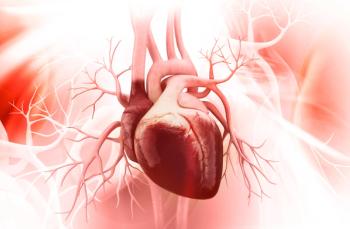
In a first-of-its kind study, young children undergoing heart surgery had similar results regardless of whether they received levosimendan intravenously or via inhalation.

Patients with pulmonary arterial hypertension (PAH) who have comorbidities or advanced age who are treated with a monotherapy have comparable outcomes to patients on combination therapies.

A text message–based intervention successfully increased step counts for patients with pulmonary arterial hypertension (PAH).
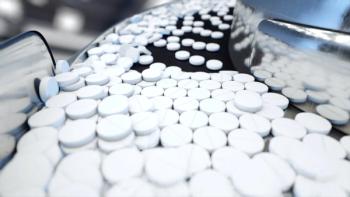
While bosentan and sildenafil is a common combination therapy in patients with pulmonary arterial hypertension (PAH), patients may need to transition to alternative therapy because of the potential for drug-drug interactions with this combination.

An educational nursing program can positively impact medication compliance in patients receiving oral pulmonary arterial hypertension (PAH) therapies.

New research presented at AMCP 2021, the annual meeting of the Academy of Managed Care Pharmacy, evaluated treatment patterns and costs related to hospitalization for patients with pulmonary arterial hypertension (PAH).

A better understanding of the genetic etiology of pulmonary arterial hypertension and its molecular variants is needed to develop better therapies for the disease, which has no agents available that can reverse or halt it.

Adjunct nutritional therapies may be a simple way to improve the prognosis for patients with pulmonary arterial hypertension (PAH) or chronic thromboembolic pulmonary hypertension who are hospitalized.

Registry of patients with pulmonary arterial hypertension (PAH) treated with selexipag provides insights into real-world dosing regimens and outcomes.
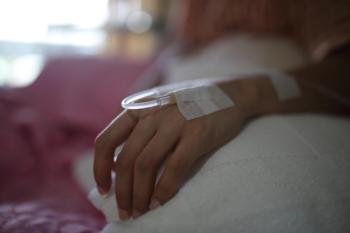
Idiopathic pulmonary arterial hypertension (PAH) is associated with iron deficiency, which is in turn associated with worse functional capacity and survival in PAH; however, iron repletion by infusion provided no significant clinical benefit.

An ongoing multicenter study in Japan will evaluate reductions in pulmonary vascular resistance 8 months after initiating the combination therapy in pulmonary arterial hypertension.

Despite patients with pulmonary arterial hypertension reporting good quality of life and low symptom severity, functional limitations persisted, suggesting improvements to the patient experience are needed, according to researchers.

Patients with pulmonary arterial hypertension (PAH) and chronic thromboembolic pulmonary hypertension had similar incidence of COVID-19, but the impact on clinical operations at the centers that treat these patients was substantial.
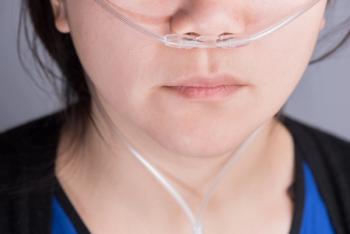
A review of evidence finds that oxygen therapy may be beneficial for all patients with pulmonary arterial hypertension, not just those who develop severe hypoxemia.
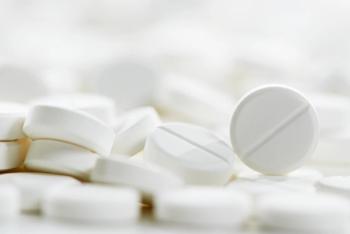
Patients with pulmonary arterial hypertension (PAH) who are treated with selexipag within 6 months of their diagnosis had a reduced risk of morbidity/mortality compared with patients who were treated longer than 6 months after diagnosis.

259 Prospect Plains Rd, Bldg H
Cranbury, NJ 08512
© 2025 MJH Life Sciences®
All rights reserved.
